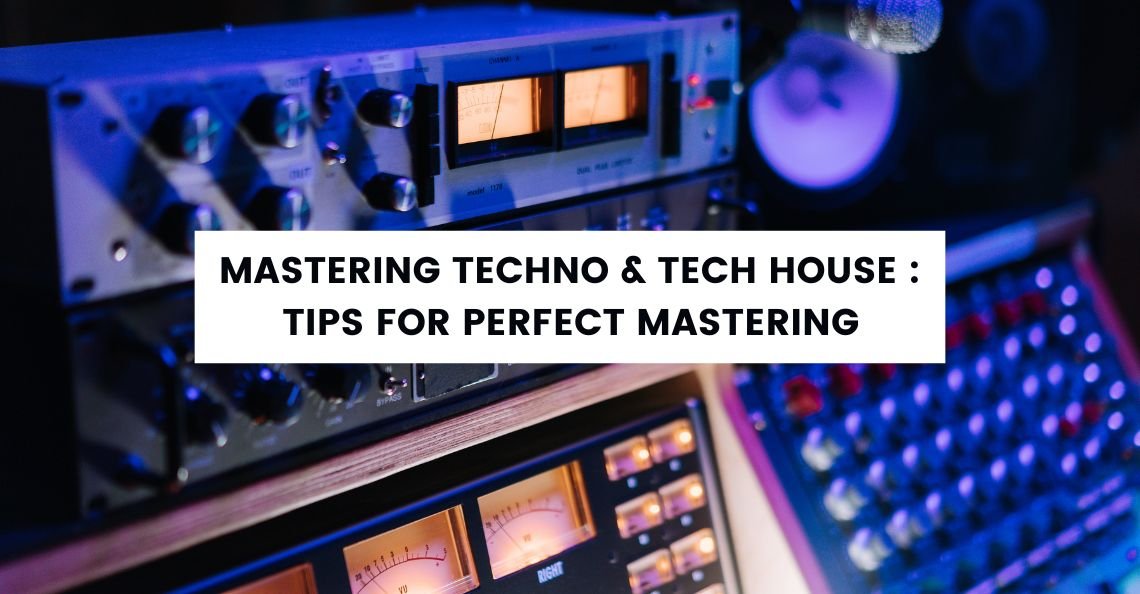
Dithering could be the most misunderstood topic when mixing and mastering. Dither is the low-level noise added to digital audio files intentionally when rendered to a lower bit depth. Although it might seem counterintuitive, the process is remarkably effective.
Dither masks the quantization distortion that generates artifacts and unwanted noise in digital audio. When you transform a mix through an ADC (analog-to-digital converter), the signal gets digitally represented in binary code.
The ADC takes samples at specific rates and sizes to govern how much gets captured. You must have a sampling rate equal to or up to double the highest audio frequency to get a positive result.
What Is Quantization Distortion ? 🎶
You have a 24-bit audio file. What you’re working on requires that information be available in 16-bit resolution. When you initiate the command to remove those eight bits, the software must round out the data to fit your new structures.
That process is called quantization. Since that creates fewer steps for mapping the amplitude levels of the audio, an error occurs that makes unwanted low-level noise that impacts the listening experience.
Although the music masks it when enough bits are available, you can still pick it up at the 16-bit level during quiet passages or during fades. Even if you cannot hear the distortion itself, the sound tends to be harsher and unrealistic, making it less enjoyable for listening.
How Dither Solves Quantization Distortion 🛠️
You can save a file from a lower sampling rate and the quantization distortion by adding dither. It masks the unwanted audio through decorrelation, making the mapping process more randomized to make it harder for the average listener to discern the change. You receive a steady, analog-style hiss in the file at a low level instead.
This technique is sometimes included in the noise-shaping menu of DAWs, plugins, and music software. It allows you to change the frequency characteristics of the added noise to ensure it falls into the least audible range.
By using dithering effectively, the result is a more polished and smooth final product, even during quieter moments or fades. The noise introduced by dithering is often inaudible to most listeners but helps in keeping the final mix free from harsh distortion.
When Should You Use Dithering In Your Mixes ? 🎚️
The easiest way to think about dithering is to look at the bit depth of your mix. If your work is going down, you should add it. Even if you’re not hitting 16-bit, this technique can improve the quality of your work.
When you switch between data compression codecs, dithering isn’t necessary. AAC, MP3, and others introduce signal artifacts that dither cannot remedy.
That means your best option is to use the highest bit rate possible while having a file size that meets the standards of your preferred streaming platform. By keeping the original quality intact, dithering won’t be required during file compression.
Common Mistake : Adding Dithering Too Early 🚫
The one mistake that many musicians and audio engineers make at first is to add dithering too soon in the processing chain. It should be the last step, which means a processor shouldn’t get inserted into your audio editor or DAW after it.
Most software options have a basic automatic dithering option as a default that handles the most severe issues. When you want more noise-shaping options for your mix, consider adding dither for each lower conversion.
Key Tip : Always apply dithering as the final step in your mastering or export process. Adding dithering too early could cause unnecessary interference with the other processing steps and create unwanted artifacts.
Advanced Noise-Shaping Options 🎧
Although basic dithering works in many cases, noise-shaping is an advanced feature that allows for more control over the frequency characteristics of the dither noise. Many DAWs and plugins offer noise-shaping controls that let you adjust how the added noise behaves within the least audible frequency range.
👉 Triangular Distribution : A common noise-shaping algorithm that produces a noise profile less noticeable to the human ear.
👉 Gaussian Distribution : Focuses the noise to the higher frequencies where it is less perceptible.
👉 Rectangular Distribution : Produces a more uniform noise profile but can be more noticeable in certain situations.
These advanced options can be crucial when fine-tuning the audio for critical listening environments like professional studios.
Conclusion : The Power of Dithering in Your Final Mix 🎶
Dithering is a subtle yet powerful tool in the audio production process. By understanding the role of dithering in masking quantization distortion and knowing when and how to apply it, you can ensure your tracks are smoother, more professional-sounding, and free from digital artifacts.
If used correctly, dithering can be the difference between a harsh, lifeless final track and a rich, polished production. Just remember to always add it at the last step and consider your noise-shaping options carefully for the best results.




